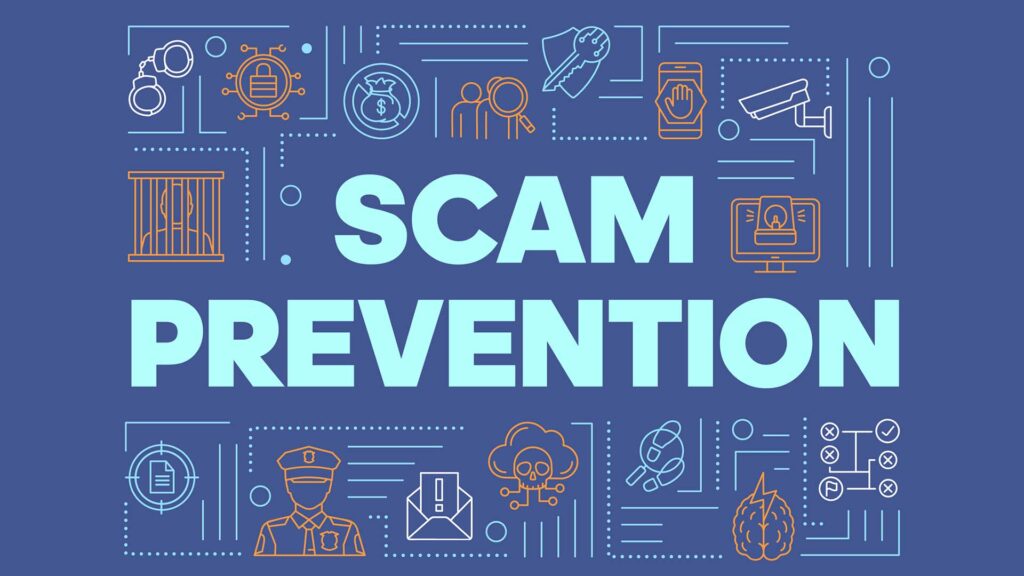Financial Literacy
6 Ways to Tell if a Website is Safe
In today’s digital age, where we rely on the internet for everything from furniture shopping to staying informed and entertained, safeguarding ourselves online is essential. The online landscape is filled with fraudsters using advanced techniques to exploit vulnerabilities. Accidentally stumbling upon an unsafe website can expose you to malware, including spyware that steals sensitive financial data and ransomware that locks your device and demands payment for its release. These threats can lead to devastating consequences such as drained bank accounts, fraudulent loans taken out in your name, and even identity theft. It’s crucial to stay vigilant and take proactive measures to protect yourself from online scams and threats.
8 Financially Responsible Ways to Use Your Tax Refund
It’s tax refund season! How are you going to be spending the pile of cash from Uncle Sam?
Of course, you can use some of your tax refund to indulge responsibly. If you’ve been wanting to buy yourself a new something special for a while or to spend on an experience you generally cannot afford, by all means, you can allow yourself to use some of your tax refund for your chosen treat. Indulging occasionally and mindfully can prevent feelings of deprivation and can help you manage your money better
Give Yourself the Gift of Financial Flexibility this Holiday Season with SRI Federal Credit Union’s Skip-a-Pay Program!
Are you looking to make this holiday season truly magical? At SRI Federal Credit Union, we’re here to make your dreams come true! Our exclusive Skip-a-Pay program – the perfect gift for your wallet this holiday season. It’s the season of giving, and we want to give back to our valued members by offering you a little extra financial breathing room.
Protecting Your Finances: How to Prevent Fraud in Your Credit Union Accounts
Hey there, savvy money manager! We’re living in an era where our wallets have gone digital, making it super convenient to handle our finances. But you know what else is on the rise? Yep, you guessed it – sneaky fraudsters and cyber tricksters. They’re eyeing your credit union and bank accounts, access to online banking and more. No worries, though! We’ve got your back with tips to help you keep your hard-earned cash safe and sound.
SRI Federal Credit Union is Safe and Secure
Our leadership is committed to ethical policies and practices that ensure the credit union and its members remain strong. All deposits are insured by the National Credit Union Administration to at least $250,000.
Share Certificates | A high-yield, short-term way to grow savings and secure funds for the future.
After you’ve started to save up some money, you’ll likely consider the many options for generating interest on your savings. Maybe you’re fortunate enough to have your emergency reserve fully funded, and you have extra money that you don’t want locked away in a long-term investment account. Share certificates earn higher yields than even the best savings accounts and are a great option if you are looking for a high-yield, short-term place to grow your money and secure funds for a large future purchase.
What is a share certificate?
A share certificate is an insured savings account that requires a set deposit for a set period of time, commonly referred to as a “term.” Unlike a traditional savings account, you cannot make withdrawals without penalty. Instead, your money is returned to you with interest after the predetermined period of time — as short as a few months and up to five years or more. The funds in these accounts will grow with a dividend rate that is generally higher than those of typical share savings accounts, and even some money market accounts, too. And because the interest rate is fixed, you can anticipate exactly how much money you will make over time.
Device Advice: How to Keep Your Phone Safe from Fraud
Smartphones are the millennial’s answer to the disorganized life. You can buy practically anything with just a few swipes, schedule your appointments and store all your photos and home videos in this one, convenient location. [You can also manage your accounts, check your balance and deposit checks through SRI Federal Credit Union’s mobile banking app and/or website]. Unfortunately, all of that convenience comes at a price: Your mobile devices pose an inherent risk to your security if they fall into the wrong hands. The good news is, there are ways to protect your phone and your information from fraud.
The Post-Holiday Budget Recovery Guide
The holidays are over, and if you’ve gone over budget with your spending, it’s time to deal with the aftermath. Instead of living in a financial deficit, take steps to repair your budget as soon as the last guest leaves.
Here’s how you can get your budget back on track for the new year.
Travel Hacks 1 of 12: 6 Ways to Save on Airfare
If you’re planning a trip overseas, airfare may be your largest vacation expense. Even when flying relatively close to home, the cost of your airline ticket can take a big bite out of your vacation budget. Fortunately, there are loads of ways to save on airfare and leave you with more to spend at your destination. Here, we’ve compiled a list of six ways to save on airfare.
Step 12 of 12 Steps to Financial Wellness-Review and Tweak
Congratulations! You’ve reached the 12th and final step of the 12 steps to financial wellness. In this step, we’ll review each of the previous steps and adjust this part of your financial health as necessary.














